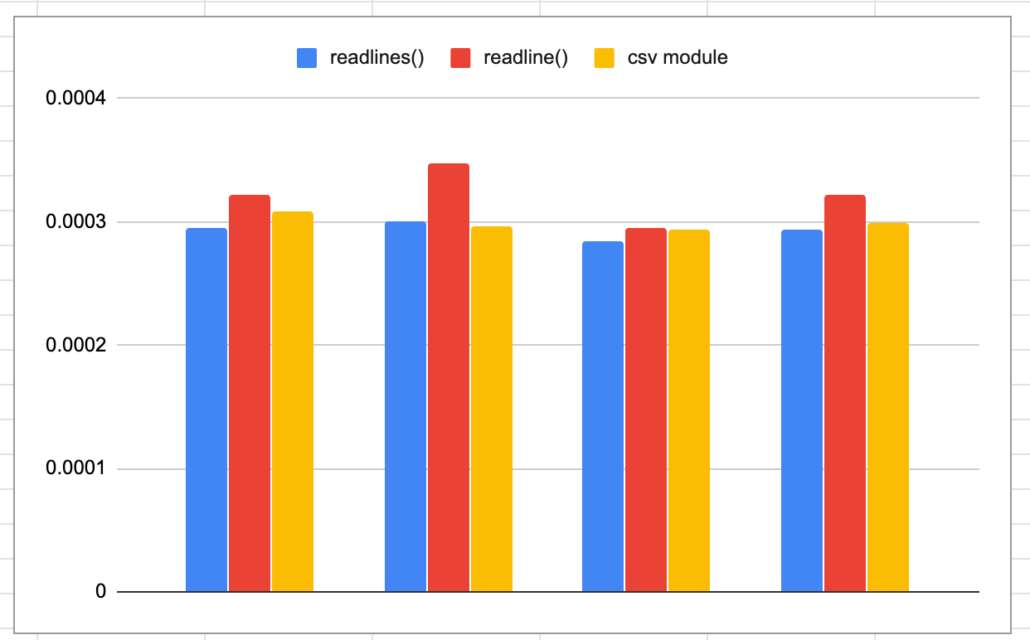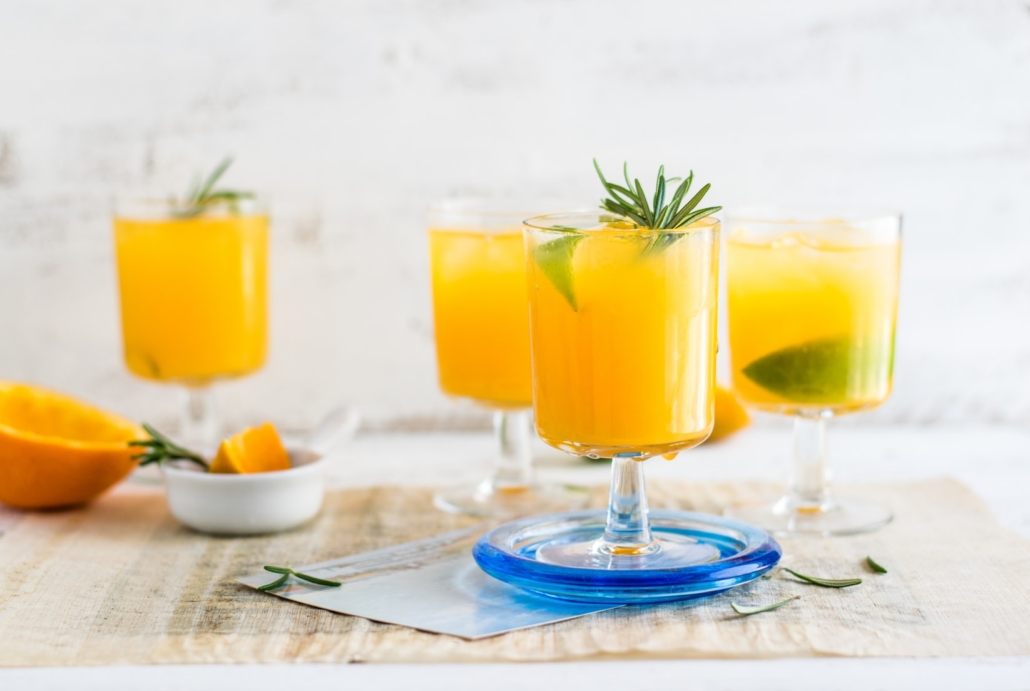
There comes a point in the life of every data person that we have to graduate from csv files. At a certain point the data becomes big enough or we hear talk on the street about other file formats. Apache Parquet and Apache Avro are two of those formats that been coming up more with the rise of distributed data processing engines like Spark.
Read more








